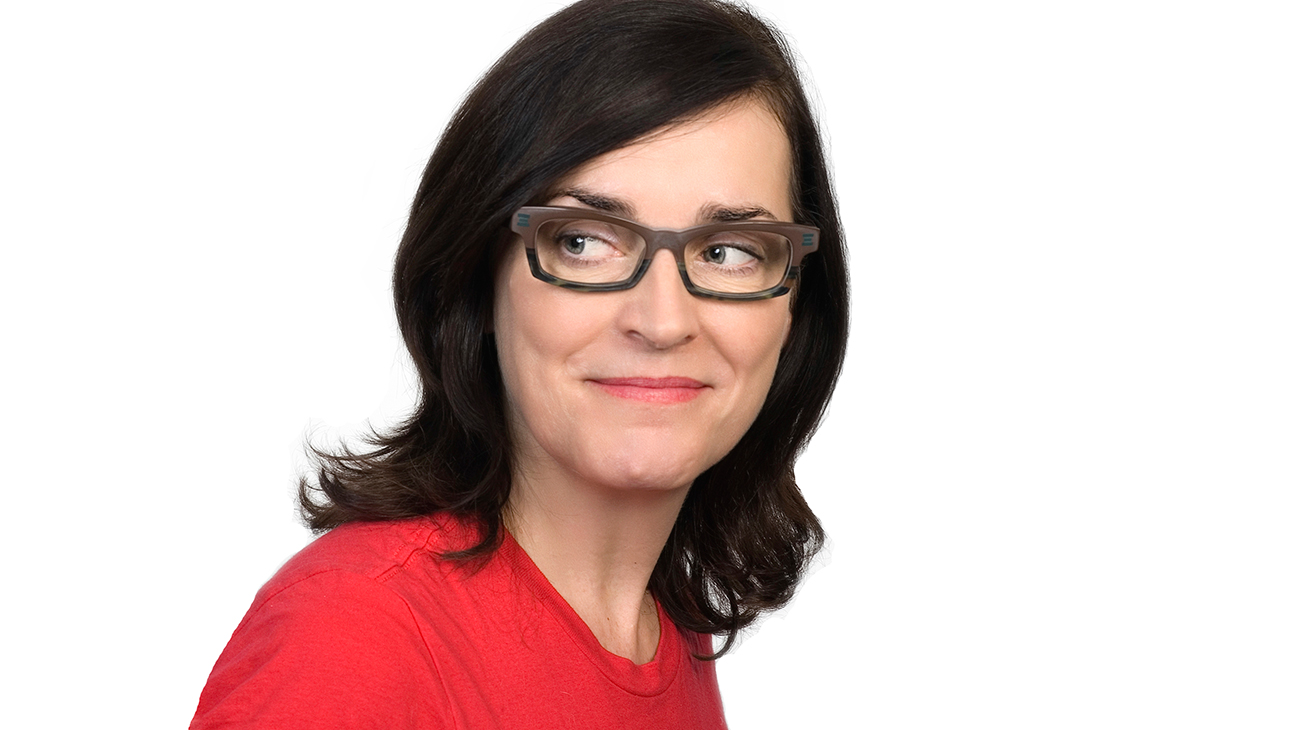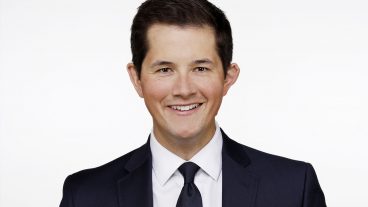CBC Radio’s Spark host Nora Young recently spoke with sociologist Fuyuki Kurasawa on the role social media has played during the pandemic, and the problems it has caused through filling the gaps left by scientists.
Unfortunately, Kurasawa told Nora, officials and scientists aren’t always able to provide answers quickly enough for the public, which leaves them looking for alternative sources. To fill those gaps, they find theories spread by social media platforms, leaving an to an “unprecedented crisis of public understanding.”
Nora spoke with Kurusawa on why it’s so difficult to provide immediate answers on health isssues and how scientists can do a better job at communicating with the public. Listen to the full episode here, and read an excerpt below.
In the context of something like a pandemic, people obviously have lots of questions they want to know the answers to immediately. What is it about a crisis like the pandemic that makes giving those answers quickly so difficult?
So often, members of the general public expect that scientists will have immediate answers and definitive answers about something like COVID-19 in a way that is not realistic.
We know that for scientific processes and expert forms of knowledge to operate, it often takes years to come up with a completely definitive statement, and there are often ones that are contested by scientists themselves, debated, modified over time, and then eventually you arrive at some sort of consensus.
But right now, because there’s so much of a vacuum, particularly at the beginning of the pandemic, you have actors who are looking for influence or looking simply to disrupt what is what is occurring scientifically in the world, who are putting out what appear to be definitive statements about the unknown, and who are filling the informational vacuum that is occurring.
And that blend that is really quite a dangerous cocktail because it mixes in with public fear, with lack of information and with scientists who fundamentally, as we know, are very prudent about the statements that they are making because there isn’t enough factual information to make definitive claims about the nature of the virus.
Members of the public are looking for definitive answers and for reassurances immediately, and thus there’s a kind of contradiction, and disinformation and misinformation fills that void in ways that are unfortunately really effective and quite influential.
And so what’s going on psychologically or emotionally when we’re in a situation where we don’t have a lot of available information or the situation is evolving very quickly?
There’s a tendency when there is a source of unknown and a source of what we’ll call social anxiety or social fear for the average person to fall back on what they know to be true to their beliefs and or their opinions…. So any sort of information that confirms or reinforces what they believe already is going to be taken in by them in a way that is going to be much more favourable. This is what we call confirmation bias.
But what we also know with the rise of social media platforms, and the internet in general, is that people tend to fall back on information from sources that come from their networks of friends and family members. So “trusted information” is not necessarily information that comes from strangers who may be scientists or public health officials or politicians, but rather from people who they and members of the general public already trust.
This is how not only conspiracy theories but often misinformation and disinformation spread…. We tend to fall back on the familiar, and unfortunately, the familiar often is misleading when it comes to topics such as things like a pandemic.
So Fuyuki, the time that is needed to properly analyze a problem and offer expert guidance, maybe especially in medical or scientific issues, if that can’t compete with the speed of social media, is there a solution to that?
We don’t live in a society where we have a top-down model of communication and of dissemination of scientific facts, as may have been the case in the past.
What we’re seeing right now is that the messages that are coming out of public health officials, scientists, researchers online are often drowned out by celebrities [and] by actors who may be malevolent and wanting to spread disinformation or misinformation.
So rather than simply presenting the facts as though they will speak for themselves and will be believed by the general public, what experts need to do is to try to engage in forms of public communication that are much more accessible to the general public.
So they need to learn from social media influencers on how does one communicate a message that is factual, that is based on science or based on research, but that is also accessible, that is going to gain traction online and gain influence? It could be through humour, or it could be through attractive videos or graphics, various kinds of images and music. But there has to be a form of public communication that is different from that that has existed in the past.
Nora Young is an informed and ideal guide for anyone looking to examine — and plan for — the ever-changing, high-tech landscape.
As the host and creator of Spark, CBC’s national radio show and podcast about technology and culture, and the author of The Virtual Self, Young demystifies technology and explains how it is shaping our lives, as well as the larger world around us. She helps audiences understand trends in big data, new technologies, machine learning, and more.



